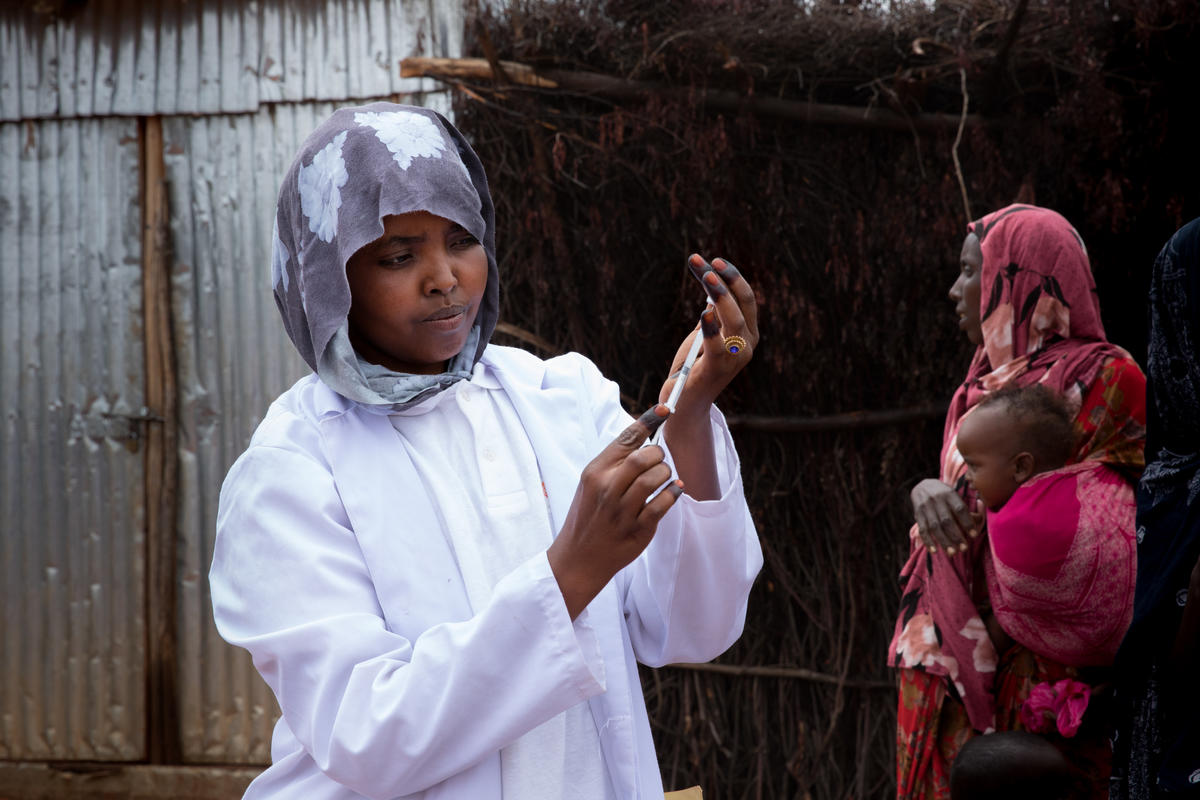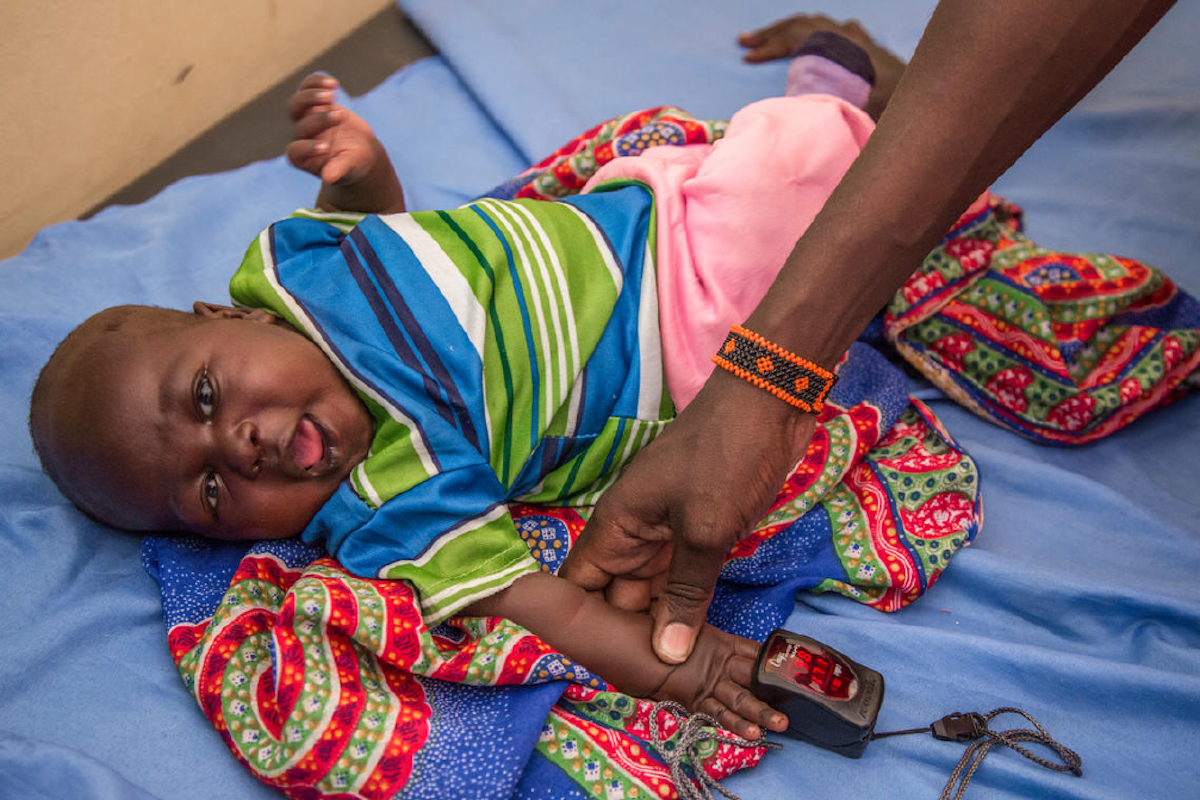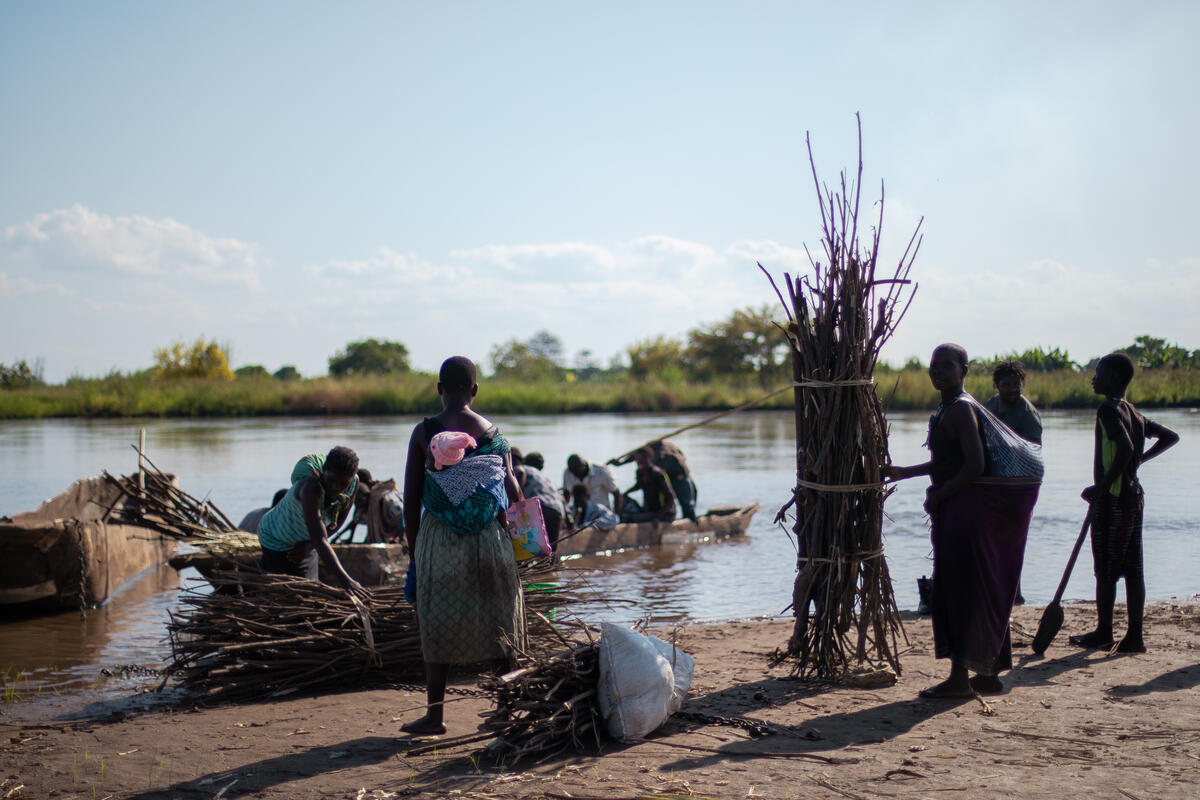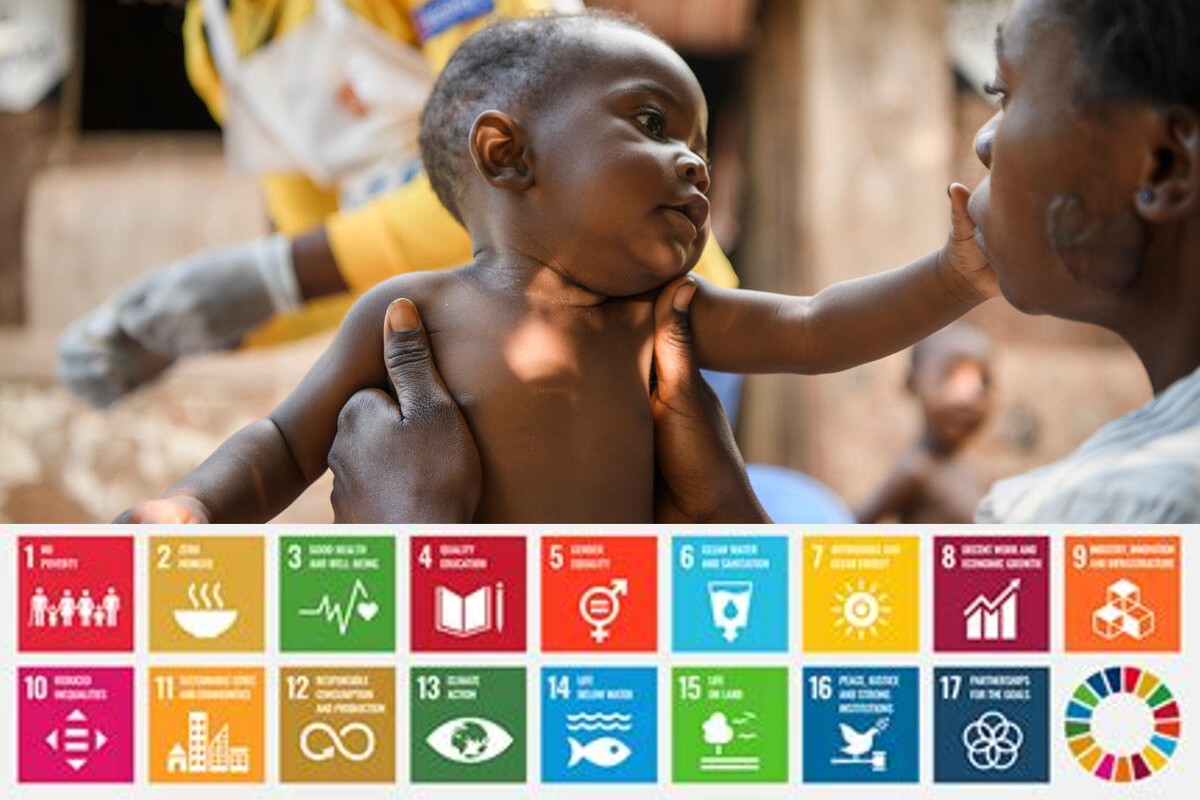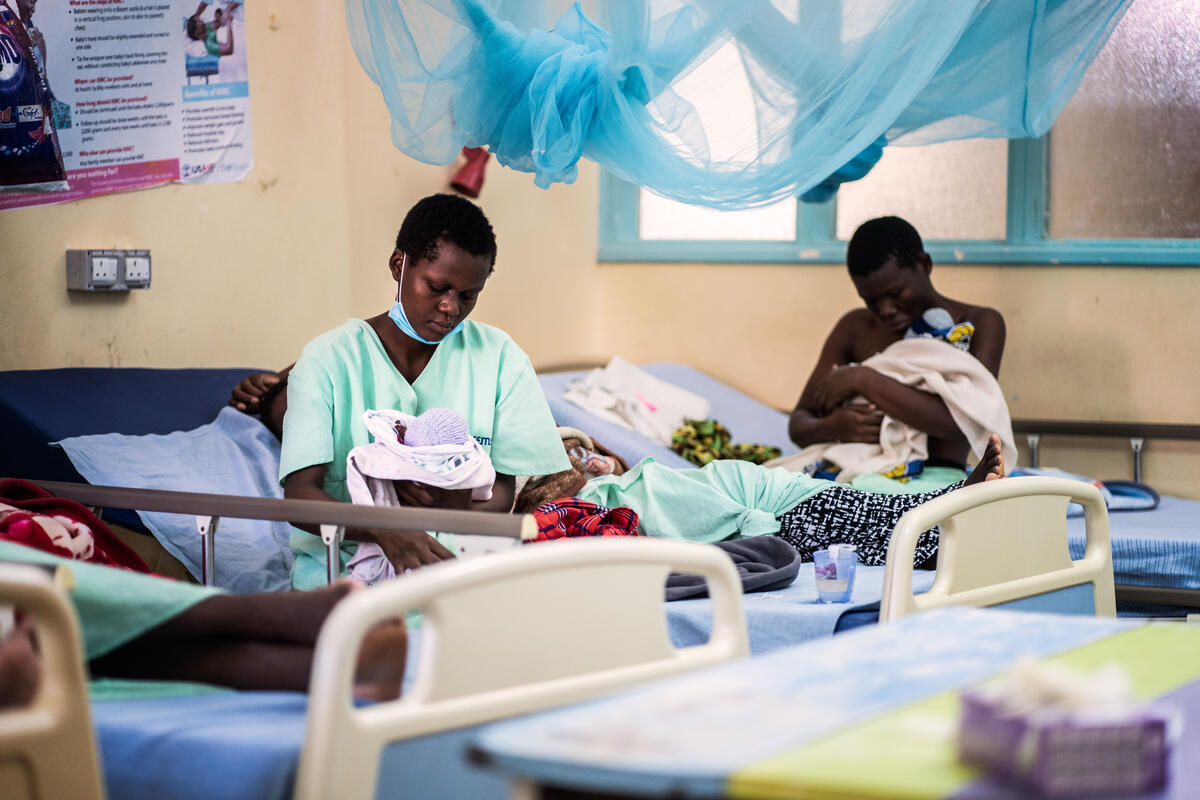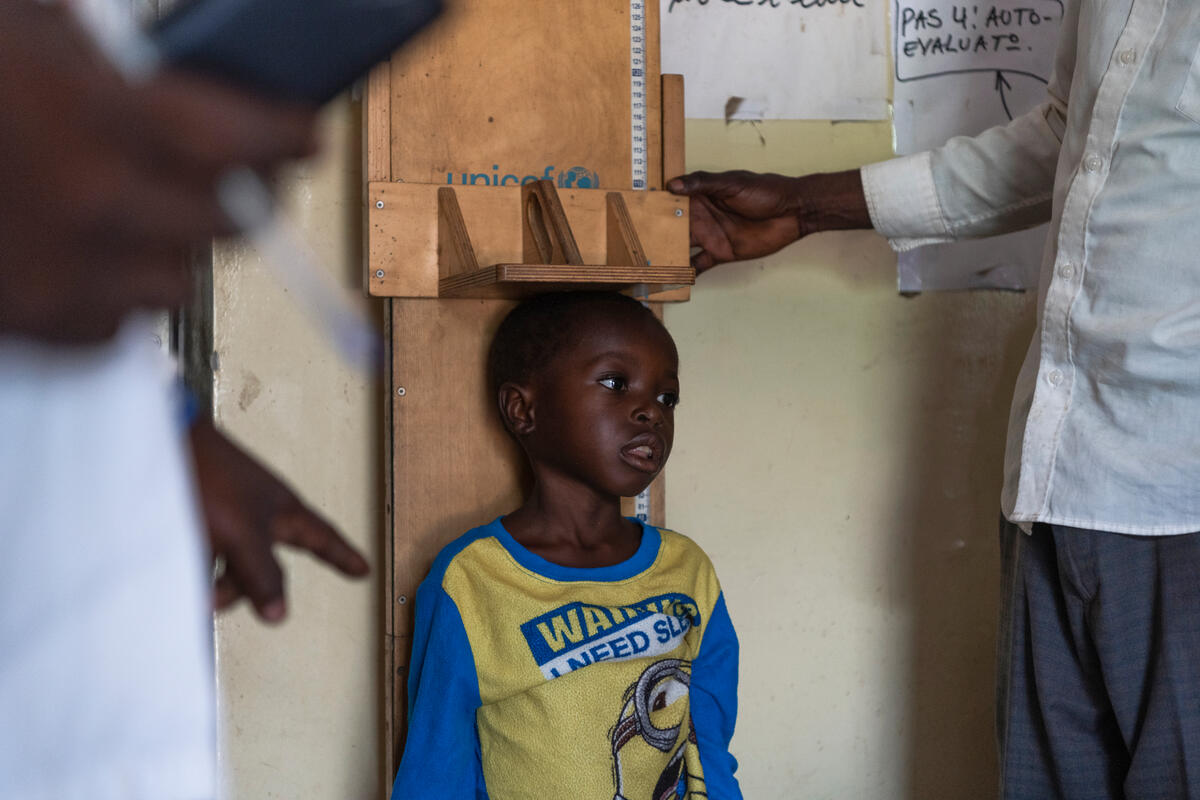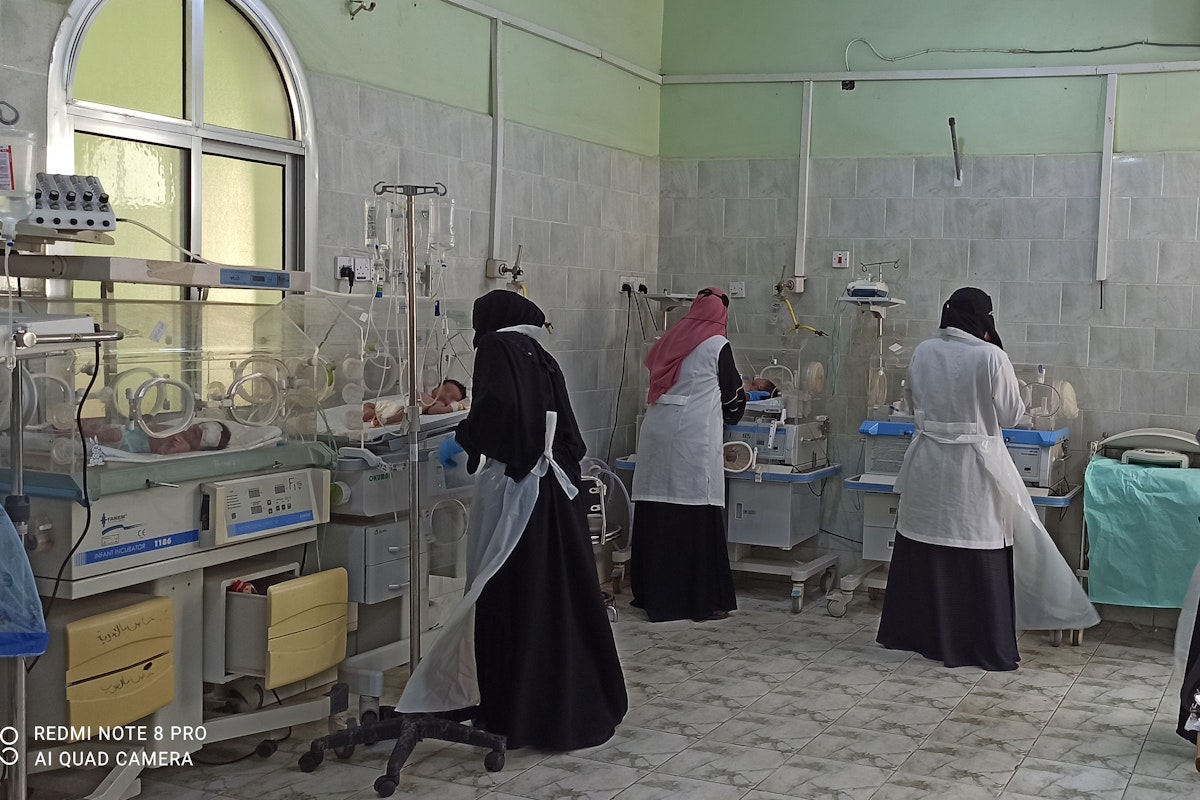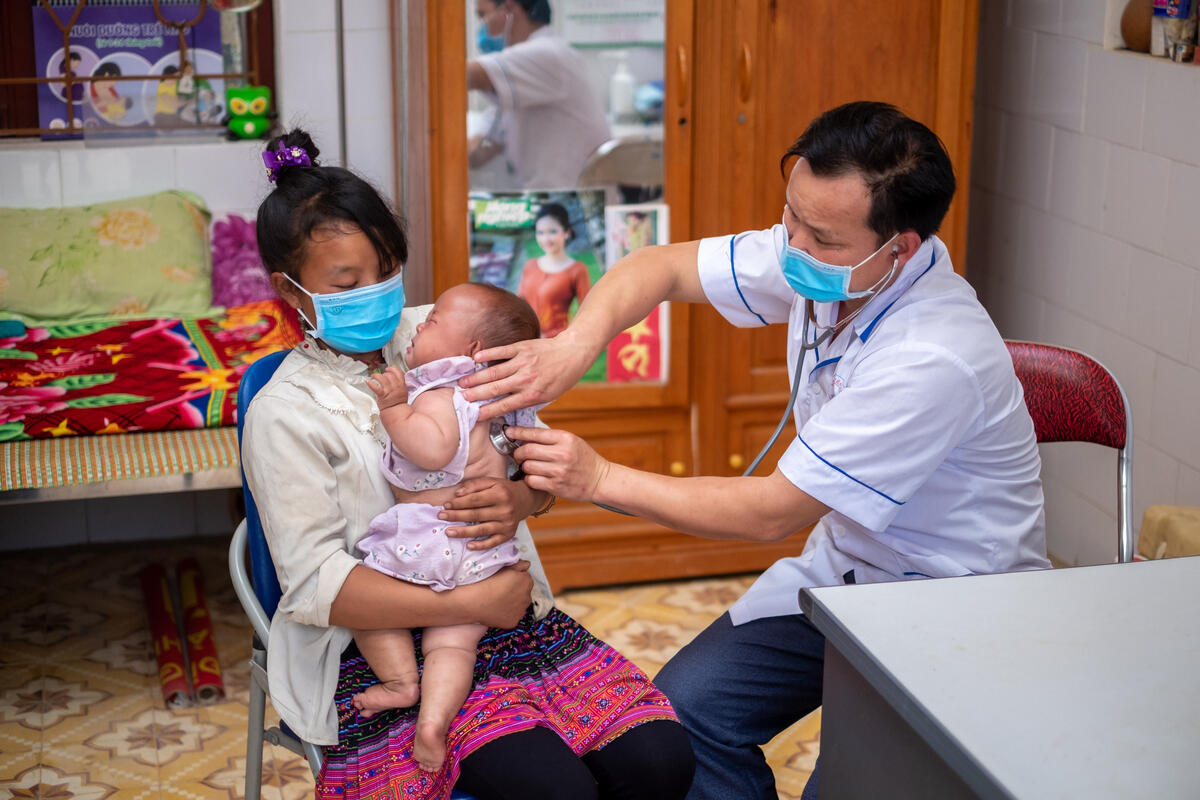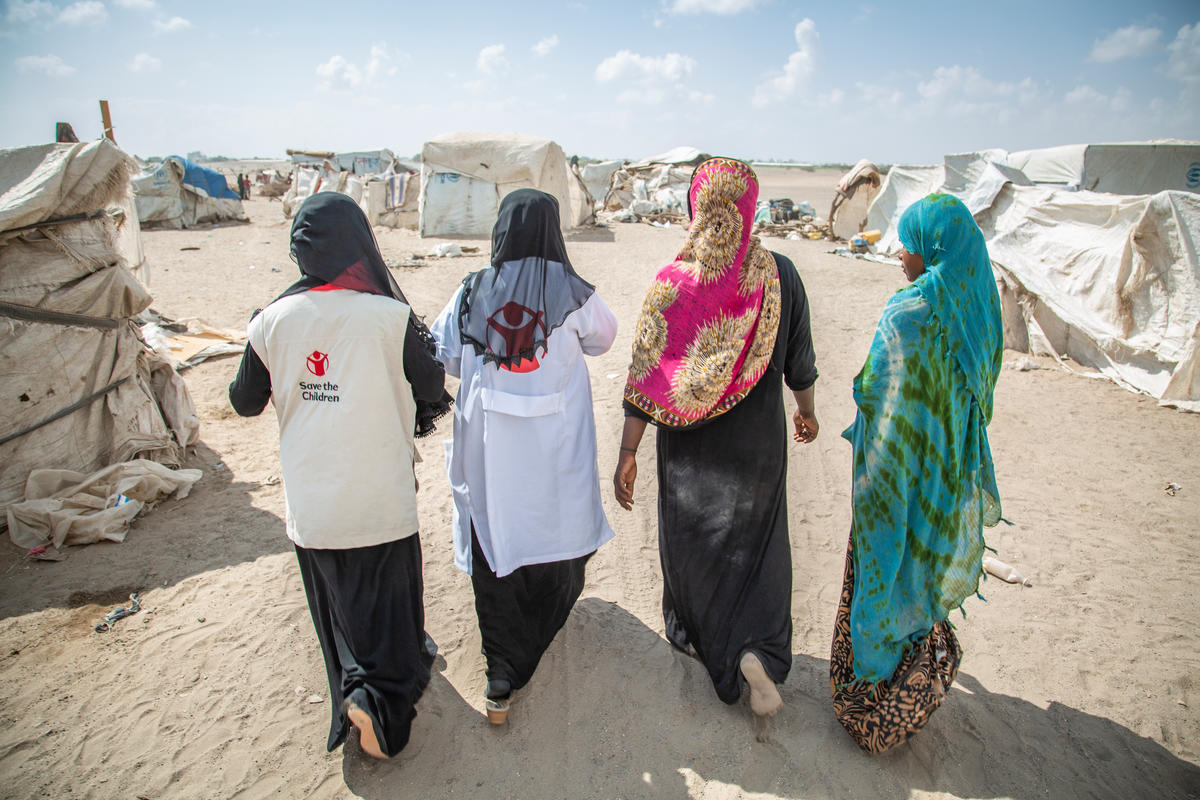Our current programmes
Immunisation programmes
Our vision is of a world where no child suffers from a disease that could be prevented by vaccines. Over the next five years, our partnership has an ambitious goal to develop and utilise effective ways to overcome the barriers that are stopping all children from being fully immunised, with a focus on Nigeria and Ethiopia.
Overstretched health systems and lockdown measures during the COVID-19 pandemic triggered the biggest global decline in immunisation for 30 years [WHO]. Nowhere has this been felt more starkly than in Africa. The continent has the highest number of ‘zero dose’ children – those who have never had any routine vaccination – in the world: 8.7 million children. More than a third live in Nigeria and Ethiopia. The combined impacts of the pandemic, poverty, climate change, instability and conflict are disrupting vaccination campaigns across both countries.
When children aren’t vaccinated, they are left vulnerable to diseases like polio, measles and cholera – all preventable with vaccines. And the impact goes wider. In communities with lots of unvaccinated children, diseases can spread quickly and turn into epidemics.
Ethiopia
We're reinvesting in strengthening immunisation programmes to help reduce child deaths.
Find out more about our work to date:
Nigeria
Building on long-term programmes supporting communities, health workers and facilities to better detect, refer and treat cases of pneumonia, were now focusing on immunisation as an effective, preventative intervention.
Find out more about our work to date:
Climate & Health programmes
We're tackling the climate crisis by investing in programmes to build and protect the resilience of communities to climate-related shocks.
Our partnership mission to ensure every child’s health is protected aligns with the United Nations Sustainable Development Goals (SDGs), most directly contributing to Goal 3: Good Health and Well-being.
However, good health cannot be achieved in isolation. The partnership works to collaborate between private sector and civil society (Goal 17) to reduce inequalities in health (Goal 10) and brings about positive change and impact in critical areas such as malnutrition (Goal 2) and the participation and reproductive health choices of women and girls (Goal 5).
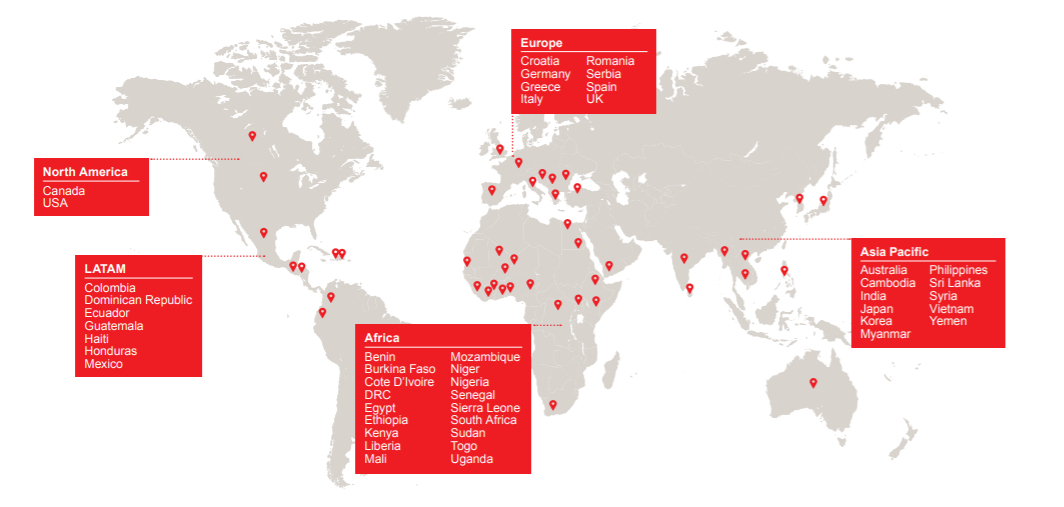
Our past programmes
Kenya
Helping communities to access to good health services and advocating to reduce death and disease of pregnant women and babies.
Democratic Republic of Congo
Strengthening health services to reduce child deaths and disease and working with communities to drive increased awareness and demand for health services.
Yemen
Improving quality of health and nutrition services for babies and children and helping more communities access support.
Vietnam
Improving health services for mothers and babies and supporting communities to access these services.
Health Worker programme
Training frontline health workers and improving demand and access to healthcare.



